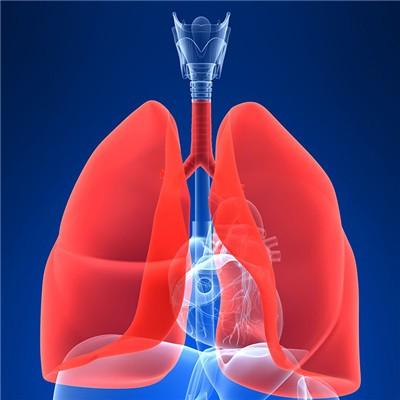Early symptoms of prolactinoma?
summary
Prolactinoma, English Name: prolactinoma, alias: galactorrhea amenorrhea syndrome; Prolactinoma; Prolactin secreting tumor; prolactin-producing tumor; prolactinoma 。 Prolactinoma is a kind of pituitary tumor secreting PRL, and its incidence rate is the first in pituitary functional (secretive) tumors. The clinical manifestations of typical prolactinoma include amenorrhea, galactorrhea, infertility, hyperprolactinemia and space occupying changes of pituitary gland. Today, let me share with you the early symptoms of prolactinoma?.
Early symptoms of prolactinoma?
First, most of female PRL tumors are microadenomas, which are seen in young people aged 20-30. The typical symptoms are amenorrhea galactorrhea infertility triad. Secondary amenorrhea is common, accounting for about 90%. Galactorrhea is the main manifestation of the disease, mostly touching lactation, accounting for 50% - 90%, sexual dysfunction accounts for about 60%, the chief complaint of sexual desire decline or absence, loss of sex, lack of orgasm, copulation pain, etc. Other symptoms of hypogonadism include shortened menstrual period, rare or excessive menstrual volume, delayed menstruation and infertility.

Second, male PRL tumors are usually larger and tend to develop suprasellar, but they are relatively rare. The main symptoms of sexual dysfunction, accounting for 83%, can be complete or partial. Such as varying degrees of sexual desire decline, impotence, male infertility and sperm count decreased. Due to the slow progress and large fluctuation of symptoms, it is not easy to attract the attention of patients, and most of them are late at the time of treatment. At this time, imaging examination confirmed that most of them are macroadenomas, and the symptoms of nerve compression are obvious. Physical examination showed that the patient had sparse beard, slow growth, sparse pubic hair and soft testis. Adolescent male patients with puberty development and growth stopped, abnormal posture and small testis. In addition, about 69% of men are obese.

Third: tumor compression syndrome is more common in large or advanced PRL tumors and other types of pituitary adenomas, hypothalamic and parasellar tumors. The most common local compression symptoms are headache and visual abnormalities. Headache is mostly caused by intracranial pressure caused by macroadenoma, which can be accompanied by nausea and vomiting. The incidence of headache in male patients with PRL tumor is higher than that in female patients, about 63%. Some PRL microadenomas may have headache (50%) even though the space occupying lesion is not obvious. The reason is not clear.

matters needing attention
1. All patients with clinical symptoms should be treated with drugs to correct hyperprolactinemia, inhibit lactation, restore menstruation, prevent adenoma or tumor enlargement, prevent or reduce osteoporosis, and should be followed up regularly. 2. Discontinue all kinds of drugs that cause elevated PRL levels.

















